The animal kingdom is full of some of the weirdest creatures here on planet Earth. But one of the most diverse subcategories of animals is the class Aves – the birds. Birds come in all shapes, sizes, and colors, making them some of the strangest critters that inhabit this blue-green globe we call home. In this article, I’ll be going over some of the world’s most fascinating birds. Whether they’re big or small, colorful or somewhat dull, noisy or quiet, all birds are extremely unique and interesting. Also, this list is somewhat biased, as I included some that I’ve personally been captivated by recently.
 Willow Ptarmigans are a species of grouse that you may have seen on social media lately. The bird has recently gone viral for its very strange call, which somewhat sounds like “awebo”. The kooky bird is identified by its all-white feathers in the winter and its mottled brown feathers in the summer months. They appear very round and chubby due to the insulating feathers that keep them warm in their cold environment. Additionally, the feathers on their feet grow thicker in the winter, giving them the appearance of snowshoes. Males of this species also have big, bushy red ‘eyebrows’. They live in subarctic habitats like Canada and Alaska. In fact, it’s the Alaska state bird! They feed mostly on plants like flower buds, twigs, leaves, berries, and seeds. If available, they’ll also eat insects and other bugs. They nest on the ground under shrubs, and there are usually 1-14 eggs in every clutch. They are very social birds, often living in flocks, and they are even known to play with each other by hopping around, bobbing their heads, and flapping their wings.
Willow Ptarmigans are a species of grouse that you may have seen on social media lately. The bird has recently gone viral for its very strange call, which somewhat sounds like “awebo”. The kooky bird is identified by its all-white feathers in the winter and its mottled brown feathers in the summer months. They appear very round and chubby due to the insulating feathers that keep them warm in their cold environment. Additionally, the feathers on their feet grow thicker in the winter, giving them the appearance of snowshoes. Males of this species also have big, bushy red ‘eyebrows’. They live in subarctic habitats like Canada and Alaska. In fact, it’s the Alaska state bird! They feed mostly on plants like flower buds, twigs, leaves, berries, and seeds. If available, they’ll also eat insects and other bugs. They nest on the ground under shrubs, and there are usually 1-14 eggs in every clutch. They are very social birds, often living in flocks, and they are even known to play with each other by hopping around, bobbing their heads, and flapping their wings.
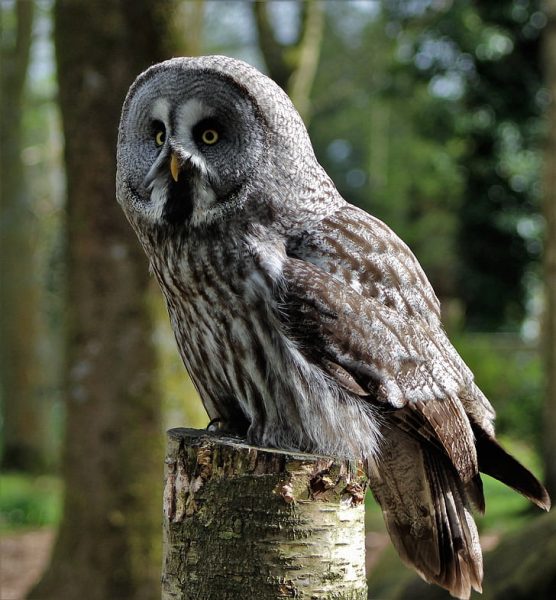 Great Gray Owls are the largest species of owl in North America. Their appearance is appalling, and they’re often described as looking as though they are dressed in a gray suit with a bowtie! They have huge, piercing yellow eyes that help them see in the dark. They live in Canada, California, and Oregon, where they reside in thick pine forests and taigas. They don’t build their own nests, instead they reuse old nests that were built by raptors like eagles, falcons, hawks, and even sometimes ravens. Their clutches usually consist of 2-5 eggs. As night falls, the Great Gray Owl takes to the skies and canopy to hunt. Their diet is made up of small rodents like mice, voles, pocket gophers, chipmunks, and lemmings. Like all owls, they swallow their food whole and throw up a pellet later on to dispose of the bones and fur. They can sometimes be seen active during the day hunting in meadows. Their hearing is extremely acute, and they can hear their prey under two feet of snow.
Great Gray Owls are the largest species of owl in North America. Their appearance is appalling, and they’re often described as looking as though they are dressed in a gray suit with a bowtie! They have huge, piercing yellow eyes that help them see in the dark. They live in Canada, California, and Oregon, where they reside in thick pine forests and taigas. They don’t build their own nests, instead they reuse old nests that were built by raptors like eagles, falcons, hawks, and even sometimes ravens. Their clutches usually consist of 2-5 eggs. As night falls, the Great Gray Owl takes to the skies and canopy to hunt. Their diet is made up of small rodents like mice, voles, pocket gophers, chipmunks, and lemmings. Like all owls, they swallow their food whole and throw up a pellet later on to dispose of the bones and fur. They can sometimes be seen active during the day hunting in meadows. Their hearing is extremely acute, and they can hear their prey under two feet of snow.
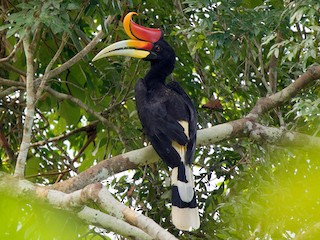 Rhinoceros Hornbills are a tropical bird that gets their name from the giant extra growth on their head. The “horn” is made of keratin, the same material that makes up our hair and fingernails. The main purpose of the horn is to amplify their calls, which can be very loud. The horn is also occasionally used to knock fruit off trees. Their feathers are black in color with a bit of white on their tail feathers and underbellies. They make their homes in dense lowland forests in Malaysia, Thailand, Indonesia, and Brunei. They dine on fruits (figs are their favorite), bird eggs, bugs, and small frogs and reptiles. When the female lays eggs, the pair will hollow out a tree, and the male will seal the female inside the tree until the eggs hatch. The female will then break out of the nest and seal the chicks inside, feeding them through a small hole in the tree. They are an endangered or vulnerable species and there are many wildlife organizations that are taking action to try and save these magnificent birds.
Rhinoceros Hornbills are a tropical bird that gets their name from the giant extra growth on their head. The “horn” is made of keratin, the same material that makes up our hair and fingernails. The main purpose of the horn is to amplify their calls, which can be very loud. The horn is also occasionally used to knock fruit off trees. Their feathers are black in color with a bit of white on their tail feathers and underbellies. They make their homes in dense lowland forests in Malaysia, Thailand, Indonesia, and Brunei. They dine on fruits (figs are their favorite), bird eggs, bugs, and small frogs and reptiles. When the female lays eggs, the pair will hollow out a tree, and the male will seal the female inside the tree until the eggs hatch. The female will then break out of the nest and seal the chicks inside, feeding them through a small hole in the tree. They are an endangered or vulnerable species and there are many wildlife organizations that are taking action to try and save these magnificent birds.

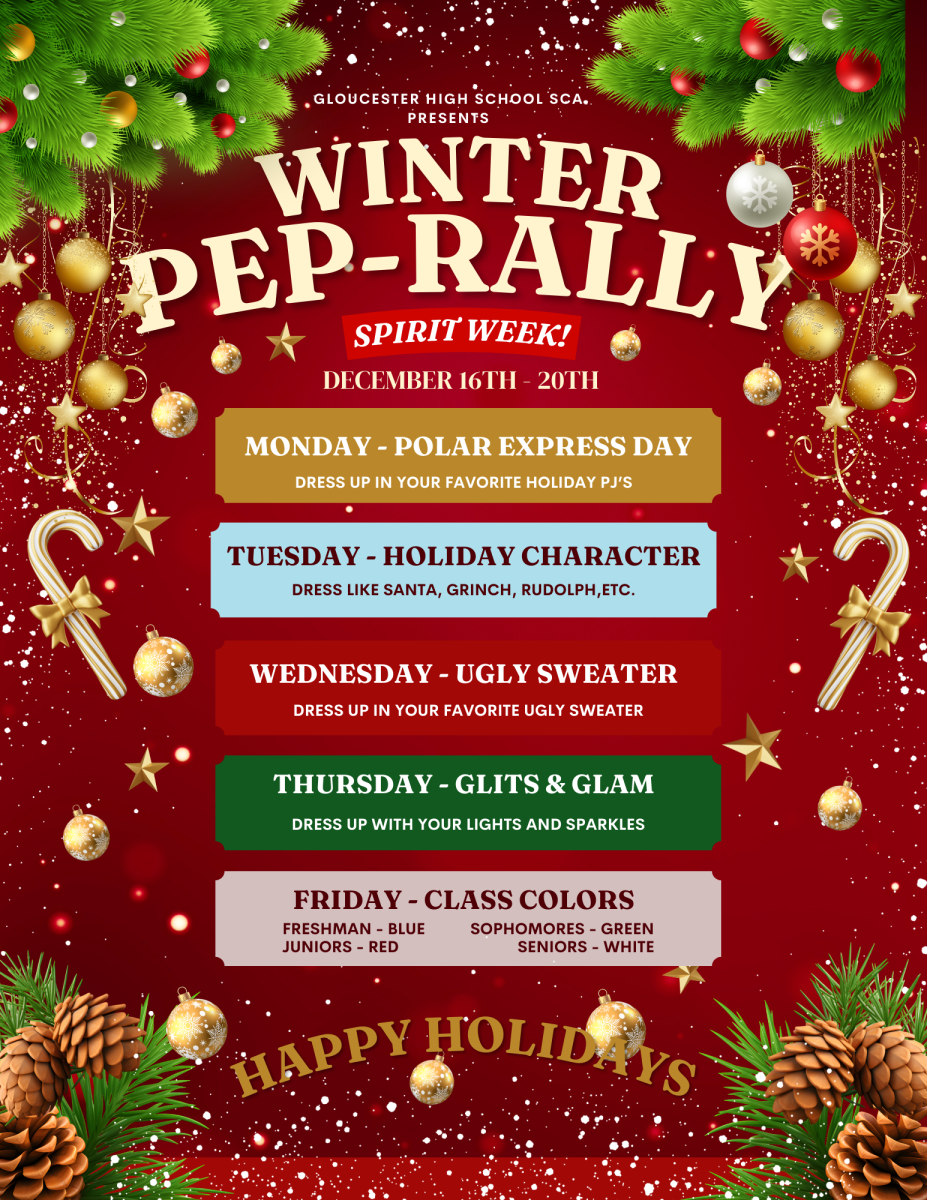















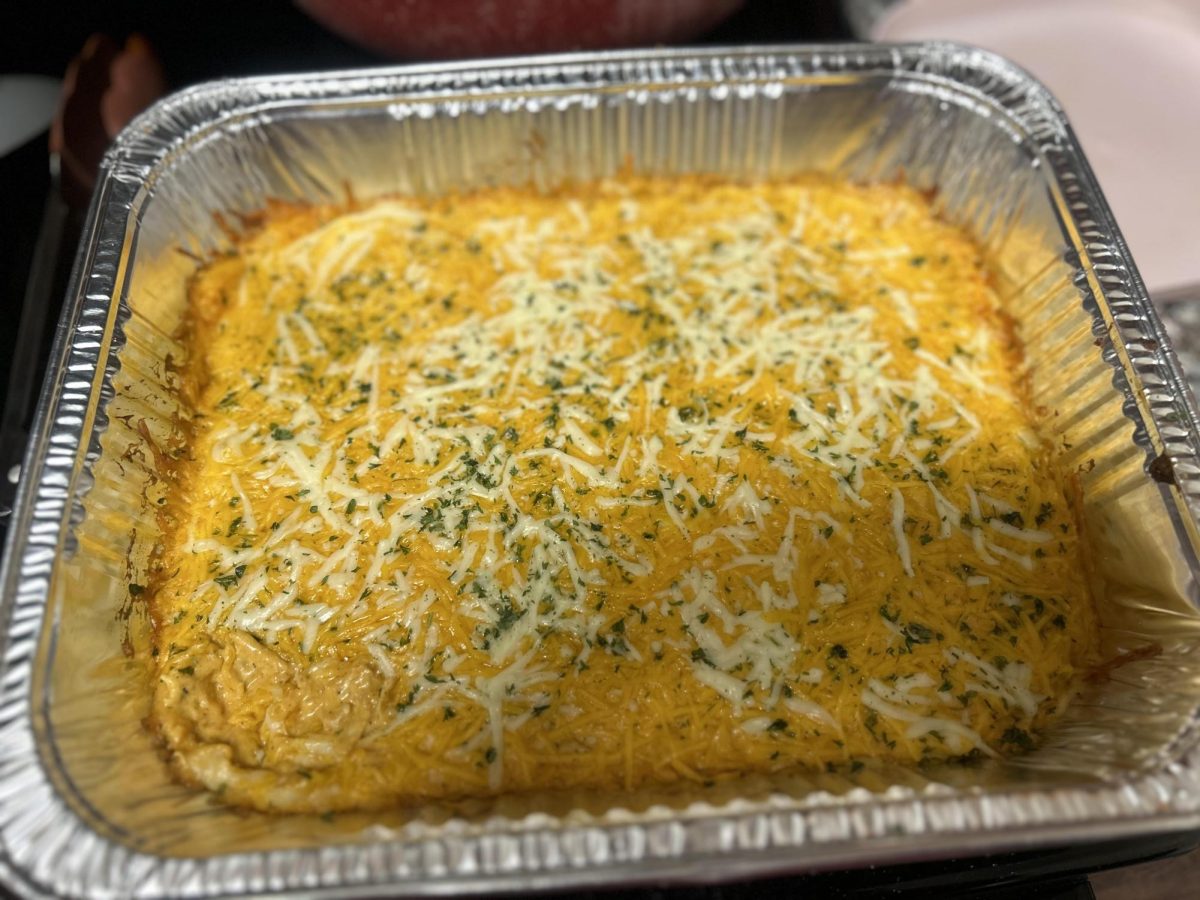
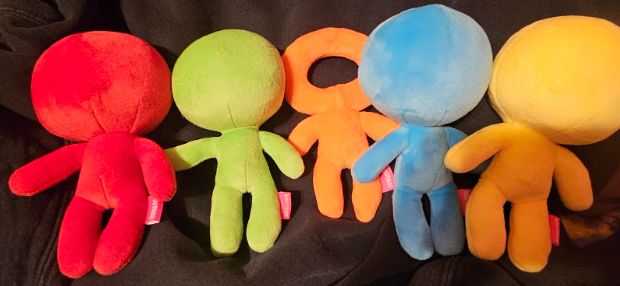



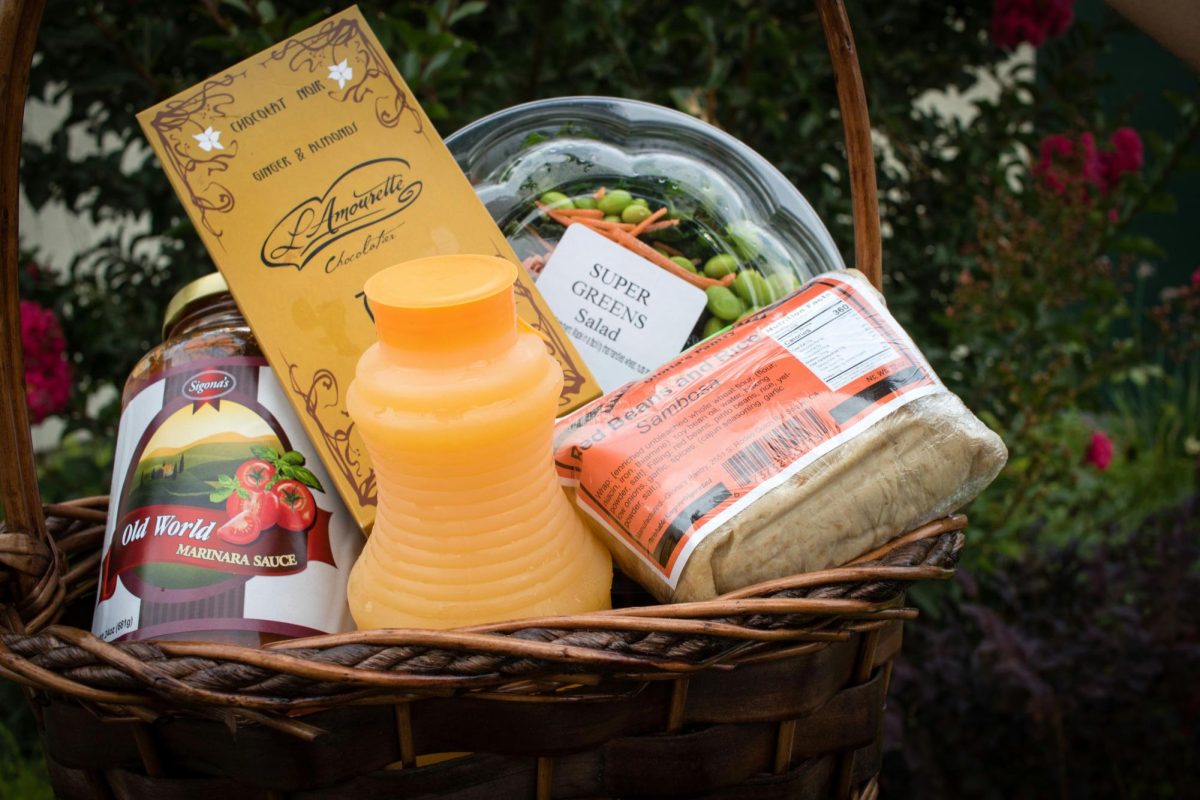

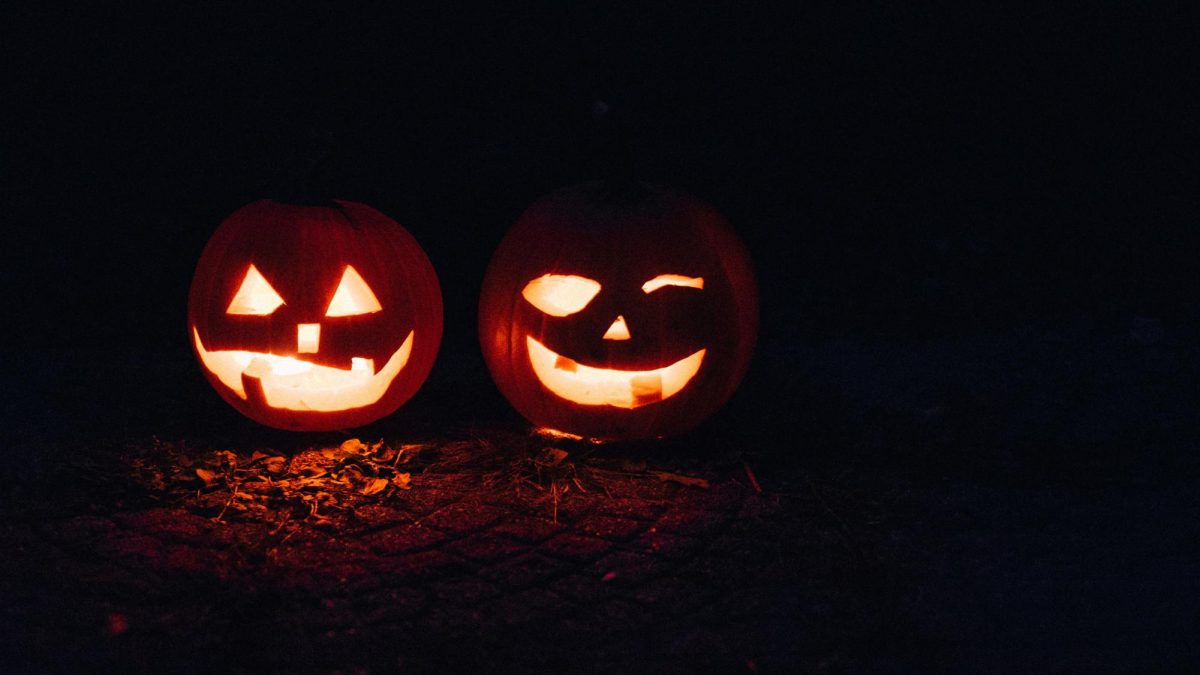
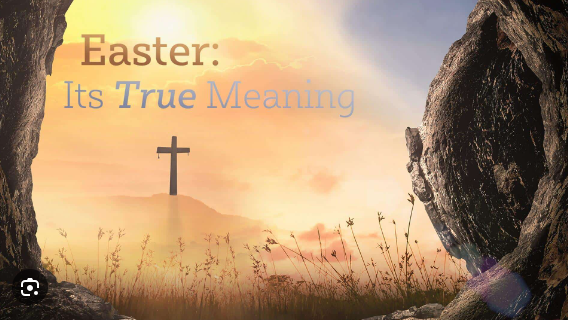



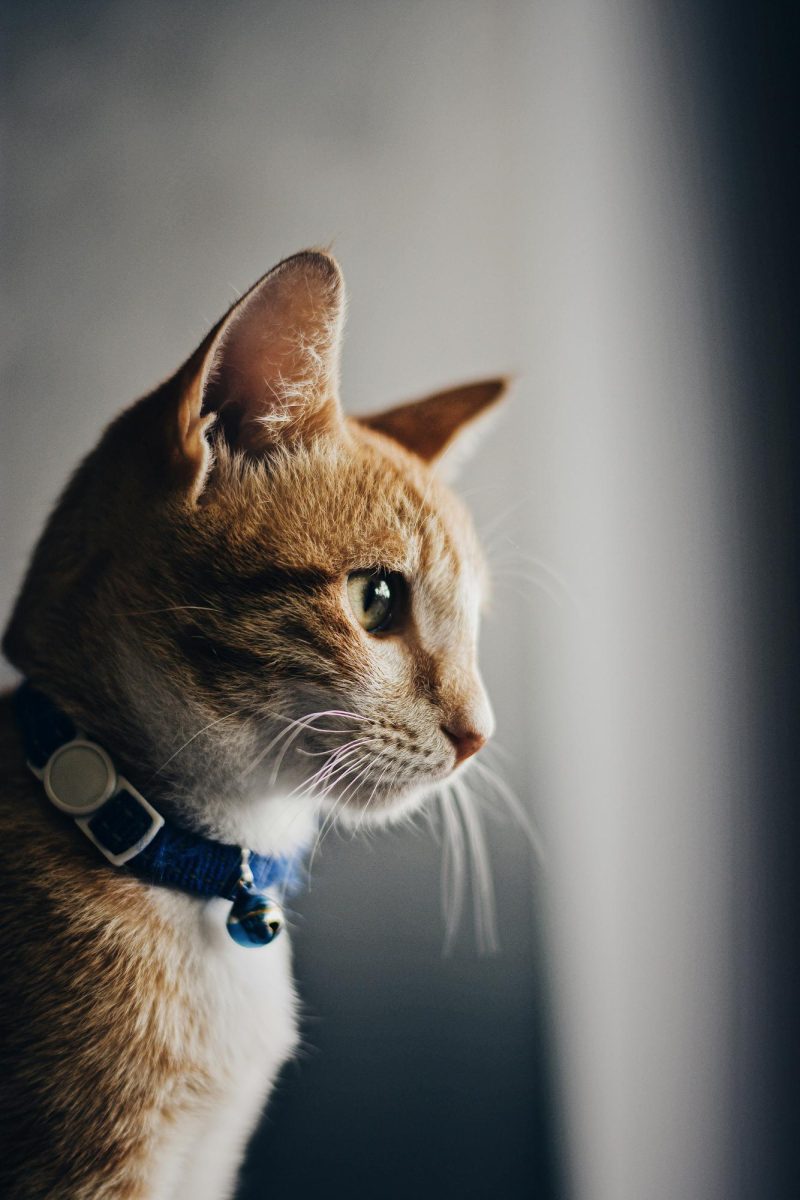









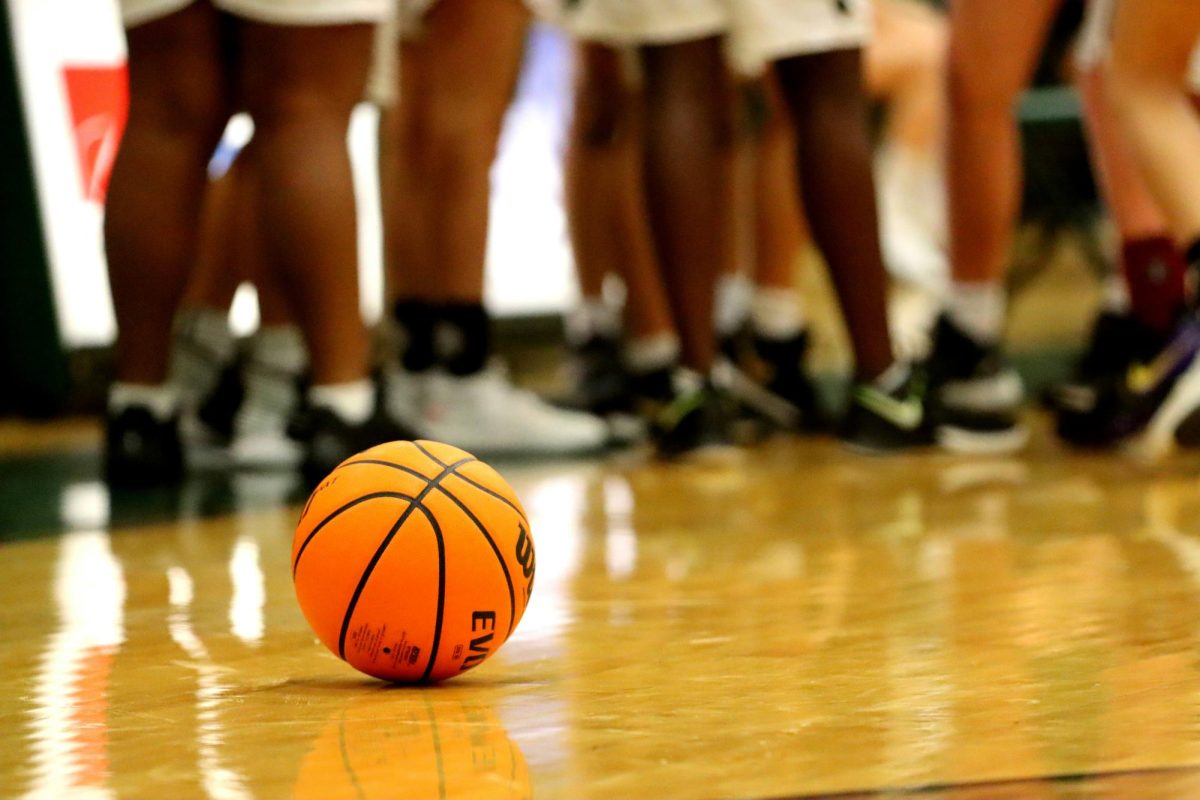

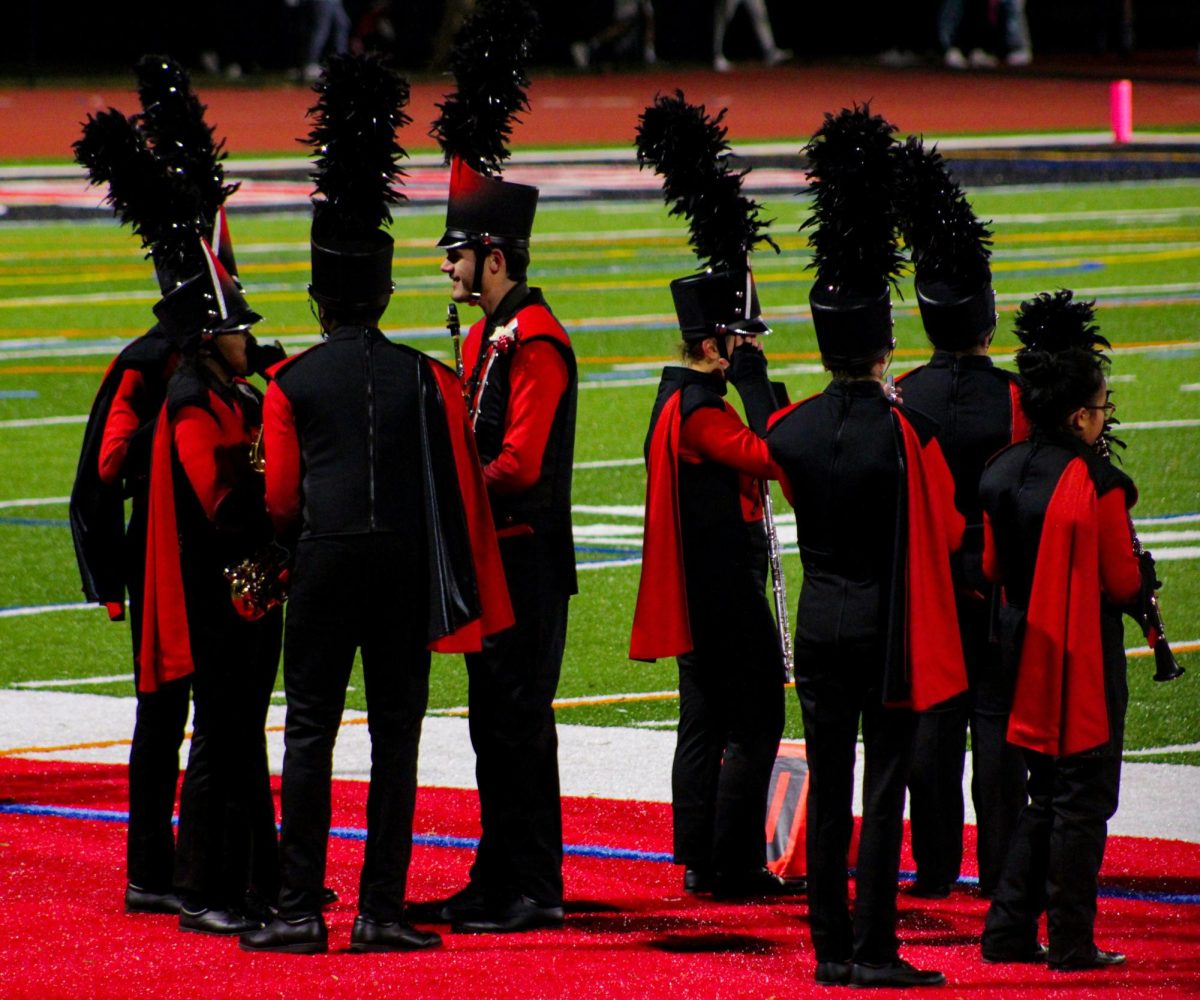


Dominick Antis • May 29, 2024 at 1:14 pm
Thank you for spreading the word on birds, and some interesting facts on them. I love birds so this was an enjoyable read.